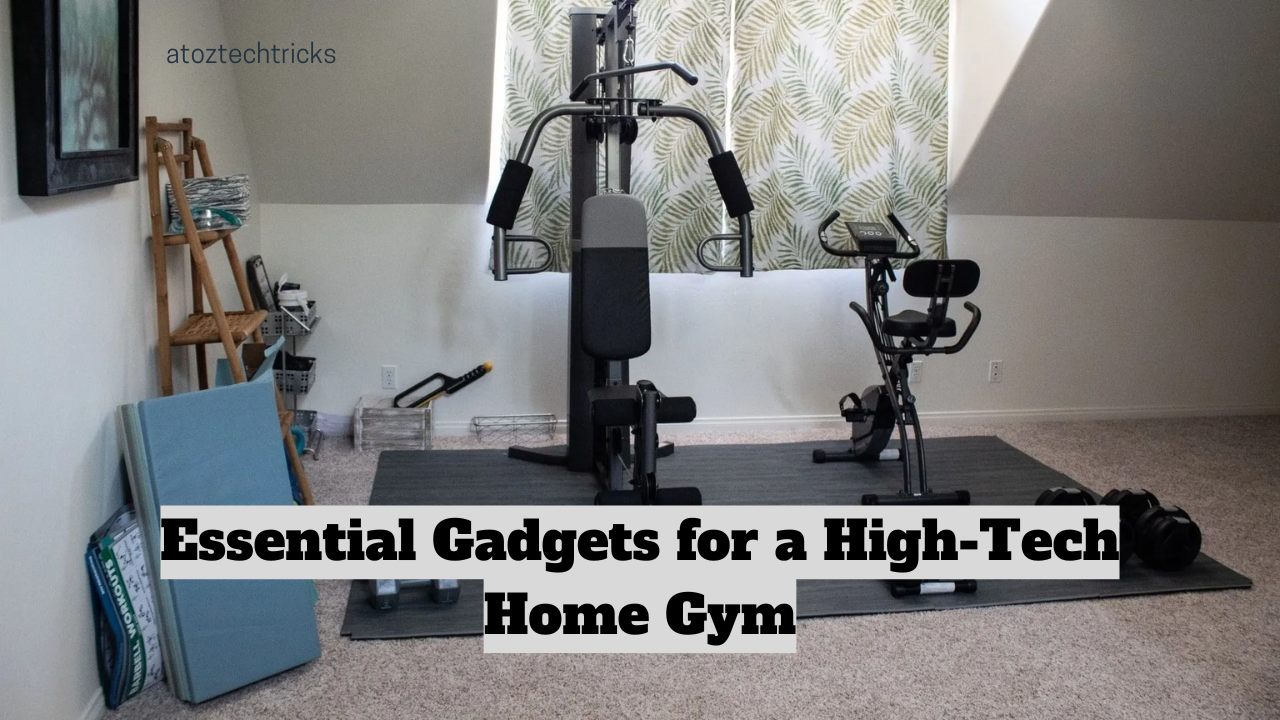Smart glasses, a wearable technology that integrates augmented reality (AR) and other smart features into everyday eyewear, have evolved significantly since Google Glass first caught the world’s attention in 2013. As these devices gain more sophisticated capabilities and potential applications, they have sparked renewed interest from both consumers and industries. But are smart glasses truly ready for mainstream adoption? This article delves into the pros and cons of smart glasses to explore whether they are poised to become a ubiquitous part of our digital lives.
The Evolution of Smart Glasses
Before diving into the pros and cons, it’s essential to understand the evolution of smart glasses. The concept of smart eyewear is not new. Early prototypes and ideas date back decades, but it wasn’t until the early 2010s that the technology began to materialize in a way that captured the public imagination.
Google Glass, introduced in 2013, was the first major foray into the consumer market, offering a heads-up display, voice commands, and the ability to take photos and videos. However, due to privacy concerns, limited functionality, and a hefty price tag, Google Glass struggled to gain traction beyond niche markets. Since then, various tech giants and startups have attempted to refine and reintroduce smart glasses, incorporating advanced AR capabilities, better battery life, and more ergonomic designs.
Today, smart glasses like Microsoft’s HoloLens, Vuzix Blade, and Facebook’s Ray-Ban Stories offer a wide range of features that cater to different user needs—from enterprise applications to personal use. With 5G and AI technologies on the rise, smart glasses are poised for significant advancements. However, the question remains: are they truly ready for prime time?
The Pros of Smart Glasses
1. Enhanced Productivity and Efficiency
One of the most significant advantages of smart glasses is their potential to enhance productivity, especially in professional settings. For instance, in industries like manufacturing, healthcare, and logistics, smart glasses can provide workers with real-time information, hands-free navigation, and access to critical data. This capability can streamline workflows, reduce errors, and increase overall efficiency.
For example, a surgeon using AR-enabled smart glasses can access patient data, view 3D models of anatomy, and receive step-by-step procedural guidance without diverting attention from the operation. Similarly, in logistics, warehouse workers can use smart glasses to navigate complex storage systems, quickly locate items, and receive updates on stock levels.
2. Augmented Reality Applications
The integration of AR in smart glasses opens up a plethora of applications that can enhance both personal and professional experiences. AR overlays digital information in the real world, enabling users to interact with their environment in new and innovative ways.
In the retail sector, customers can use AR smart glasses to try on clothes virtually, visualize furniture in their homes, or receive product information by simply looking at an item. In education, AR can bring textbooks to life, offering students interactive and immersive learning experiences. For entertainment, AR games and experiences can blend seamlessly with the physical world, creating entirely new forms of interactive media.
3. Hands-Free Convenience
Smart glasses offer a hands-free experience, which is particularly advantageous for multitasking. Unlike smartphones or tablets, which require users to hold and interact with a screen, smart glasses allow users to keep their hands free while accessing information, communicating, or even taking photos and videos.
This hands-free convenience is especially beneficial in scenarios where mobility and dexterity are essential, such as driving, cycling, or working in physically demanding environments. Additionally, smart glasses with voice command functionality enable users to perform tasks like sending messages, setting reminders, or controlling smart home devices without needing to touch a screen.
4. Improved Accessibility
For individuals with disabilities, smart glasses can significantly improve accessibility. AR features can assist visually impaired users by providing auditory descriptions of their surroundings or guiding them through unfamiliar environments. For those with hearing impairments, smart glasses can offer real-time subtitles for conversations or transcriptions of audio content.
In addition to assisting individuals with disabilities, smart glasses can also enhance communication for non-native speakers by offering real-time translation of spoken or written language. This feature can be particularly useful for travellers or professionals working in multicultural environments.
5. Potential for Social and Professional Integration
As smart glasses become more aesthetically pleasing and less obtrusive, they have the potential to integrate seamlessly into both social and professional settings. Unlike earlier models, which were often bulky and conspicuous, modern smart glasses are designed to resemble traditional eyewear, making them more socially acceptable and easier to wear in everyday situations.
In professional environments, smart glasses can enhance collaboration by enabling remote teams to share their point of view, receive real-time feedback, and access shared digital workspaces. In social settings, smart glasses can facilitate communication by offering discreet notifications, enhancing photo and video capture, and even providing entertainment on the go.
The Cons of Smart Glasses
1. Privacy Concerns
One of the most significant drawbacks of smart glasses is the potential for privacy violations. The ability to discreetly capture photos, videos, and audio without the knowledge or consent of others raises serious ethical and legal concerns. In public spaces, smart glasses could be used to record people without their permission, leading to potential misuse and invasion of privacy.
These concerns are exacerbated by the integration of facial recognition technology, which could be used to identify individuals without their consent. This capability raises the spectre of surveillance and unauthorized data collection, which could have far-reaching implications for personal privacy and civil liberties.
2. Battery Life and Power Consumption
Despite advancements in technology, battery life remains a significant challenge for smart glasses. The integration of AR displays, cameras, sensors, and wireless connectivity requires substantial power, which can quickly drain the battery. As a result, most smart glasses have limited usage times, often requiring frequent recharging throughout the day.
This limitation is particularly problematic for users who rely on smart glasses for extended periods, such as professionals in industrial settings or travellers. While some manufacturers have attempted to address this issue with portable charging solutions or energy-efficient components, battery life remains a key barrier to widespread adoption.
![]()
3. Cost and Affordability
Another significant obstacle to the mainstream adoption of smart glasses is their cost. High-end smart glasses with advanced features, such as AR capabilities and enterprise-grade performance, often come with a hefty price tag, making them inaccessible to many consumers. For example, Microsoft’s HoloLens 2, which is targeted primarily at enterprise users, costs several thousand dollars.
Even more affordable models, such as Facebook’s Ray-Ban Stories or Vuzix Blade, are priced higher than traditional eyewear, limiting their appeal to early adopters and tech enthusiasts. For smart glasses to become a mainstream consumer product, manufacturers will need to find ways to reduce costs while maintaining functionality and performance.
4. User Comfort and Ergonomics
While modern smart glasses are more compact and lightweight than earlier models, comfort and ergonomics remain concerns for many users. The integration of electronic components, displays, and sensors can make smart glasses heavier and bulkier than traditional eyewear, leading to discomfort during extended wear.
In addition to physical discomfort, some users may experience eye strain or headaches due to the proximity of the display to the eyes or the constant influx of digital information. Ensuring that smart glasses are comfortable and user-friendly is crucial for their long-term success in the consumer market.
5. Limited App Ecosystem
The success of any smart device is heavily dependent on the availability and quality of apps and software. While the app ecosystem for smart glasses is growing, it is still relatively limited compared to that of smartphones or tablets. Many of the current applications are focused on niche markets, such as enterprise, healthcare, or industrial use, rather than mainstream consumer needs.
Top Gadgets for Music Lovers: Enhance Your Listening Experience
For smart glasses to achieve widespread adoption, developers will need to create a broader range of applications that appeal to everyday users. This includes entertainment, social media, fitness, navigation, and other popular categories that have driven the success of other smart devices.
Are Smart Glasses Ready for Prime Time?
Given the pros and cons outlined above, the question remains: are smart glasses ready for prime time? The answer depends largely on the context in which they are used and the expectations of the users.
Enterprise and Professional Use
In enterprise and professional settings, smart glasses are already proving their value. Industries such as manufacturing, logistics, healthcare, and field service are leveraging smart glasses to enhance productivity, improve safety, and reduce errors. The ability to access real-time information, collaborate remotely, and interact with digital content hands-free is transforming the way professionals work.
For these applications, the benefits of smart glasses often outweigh the drawbacks, making them a valuable tool for businesses. As the technology continues to evolve, we can expect to see even greater adoption in these sectors, particularly as AR and AI capabilities become more sophisticated.
Consumer Market
In the consumer market, however, smart glasses still face significant challenges. While there are clear benefits to using smart glasses for tasks like navigation, communication, and entertainment, issues such as privacy concerns, battery life, cost, and limited app availability may hinder widespread adoption.
That said, the consumer market for smart glasses is growing, particularly among early adopters and tech enthusiasts. Products like Facebook’s Ray-Ban Stories, which combine fashion with functionality, are helping to bridge the gap between traditional eyewear and smart devices. As manufacturers continue to refine the technology and address current limitations, smart glasses could become more appealing to a broader audience.
Future Outlook
The future of smart glasses is promising, with many experts predicting that they will eventually become a mainstream consumer product. Advances in AR, AI, and wearable technology are likely to drive innovation, leading to more powerful, affordable, and user-friendly devices. Additionally, as societal attitudes toward privacy and wearable tech continue to evolve, some of the current concerns may diminish over time.

In the coming years, we may see smart glasses integrated into various aspects of daily life, from work and education to entertainment and social interaction. However, for this vision to become a reality, manufacturers must continue to address the existing challenges and create products that offer tangible benefits to users.
Smart glasses represent a significant leap forward in wearable technology, offering a range of benefits that have the potential to transform both professional and personal experiences. However, they are not without their challenges. Issues such as privacy concerns, battery life, cost, comfort, and a limited app ecosystem must be addressed before smart glasses can achieve mainstream success.
For now, smart glasses are making significant strides in enterprise and professional settings, where their advantages are clear and compelling. In the consumer market, they are still finding their footing, with early adopters leading the charge. Whether smart glasses are truly ready for prime time depends on how quickly manufacturers can overcome the current limitations and how willing consumers are to embrace this new technology.
As we look to the future, one thing is certain: smart glasses are poised to play an increasingly important role in our digital lives. Whether they become as ubiquitous as smartphones remains to be seen, but their potential is undeniable. The next few years will be crucial in determining whether smart glasses can live up to the hype and become a staple of modern technology.



